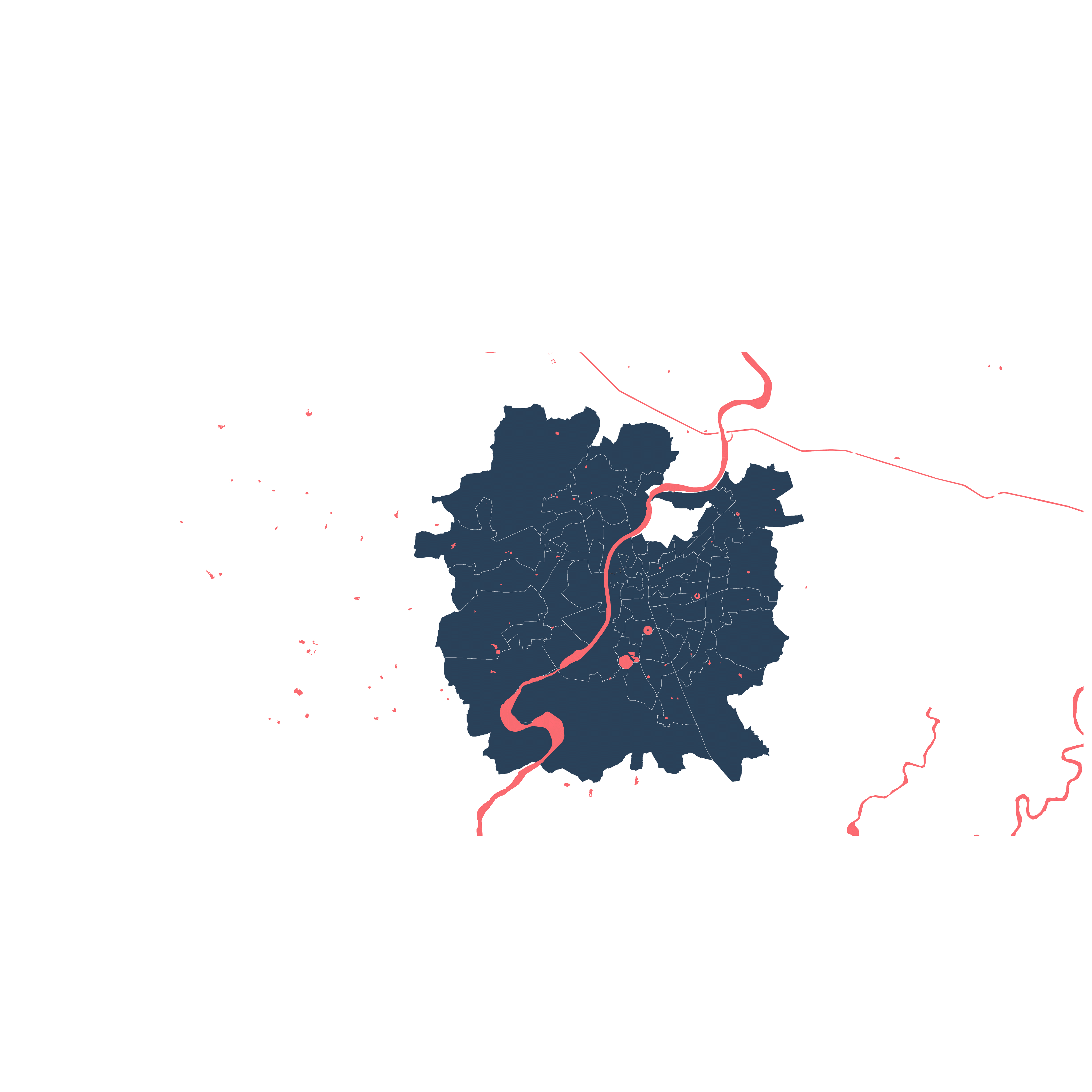Simultaneous Stories So Far...
Urban Assemblies: the vacancy Phenomenon
Greenbelt of Ahmedabad
Planning process byproduct

Story so far
Towards Transitional Learning | shriya dhir

The Vacancy Phenomenon
The undefined, loosely organized, vague space that exists within the city holds the potential to reimagine ways for its future appropriation. The cause of vacancy in Ahmedabad is a resultant of multiple factors that interconnect across different types of urban processes. For example, the land holdings by educational Trusts for institutions resulted in large vacant lands which are currently in a developmental limbo. In the case of the greenbelt vacancy , it resulted from the failure of policies and shift in planning processes. In other cases, vacancies resulted from a shift in ideological and political frameworks. Therefore, these lands that are left vacant hold value, both economically and socially. There is a need to direct its usage towards adaptable uses, especially during uncertain times like this pandemic.
The current flexibility in usage of such vacant spaces is primarily because they are loosely regulated or waiting to get transformed. This opens possibilities for the future to reasonably experiment on such land towards testing the potential of these spaces and simultaneously envision their long-term prospects.
The Case of Institutional land
Towards the Western side of the city, vacant spaces that are held by Educational Trusts like Ahmedabad Education Society, Nehru Foundation for Development, etc. have been reserved for future expansion of universities or educational purposes. Therefore, in the case of institutions, the nature of vacancy is transient which serves as an entry point towards radical interventions that imagine alternative ways of learning during this ‘In-Between’ phase of vagueness. When schools and universities are temporarily closed due to COVID, how do you engage communities to learn and expand on where and how learning can take place?
UNIVERCITY – Towards Transitional Learning
Subverting the existing system of education, how can education be redefined that is not just limited to the school building? As Giancarlo De Carlo said – “The least suitable place to carry out educational activity is the school building, because, by encapsulating teaching and learning in a unitary, isolated, and closed off space, it tends to cut off contacts with the complex context of society.” Moreover, education as an activity can best flourish when it engages with other social activities that tend to exist in a public space. Perhaps it needs to be complimented by other user-intended functions that need a space to express themselves. Hence, an experimental approach that expands on what temporal infrastructure can provide for the city, while addressing concerns regarding current definition of ‘educational purpose’ will be explored.



